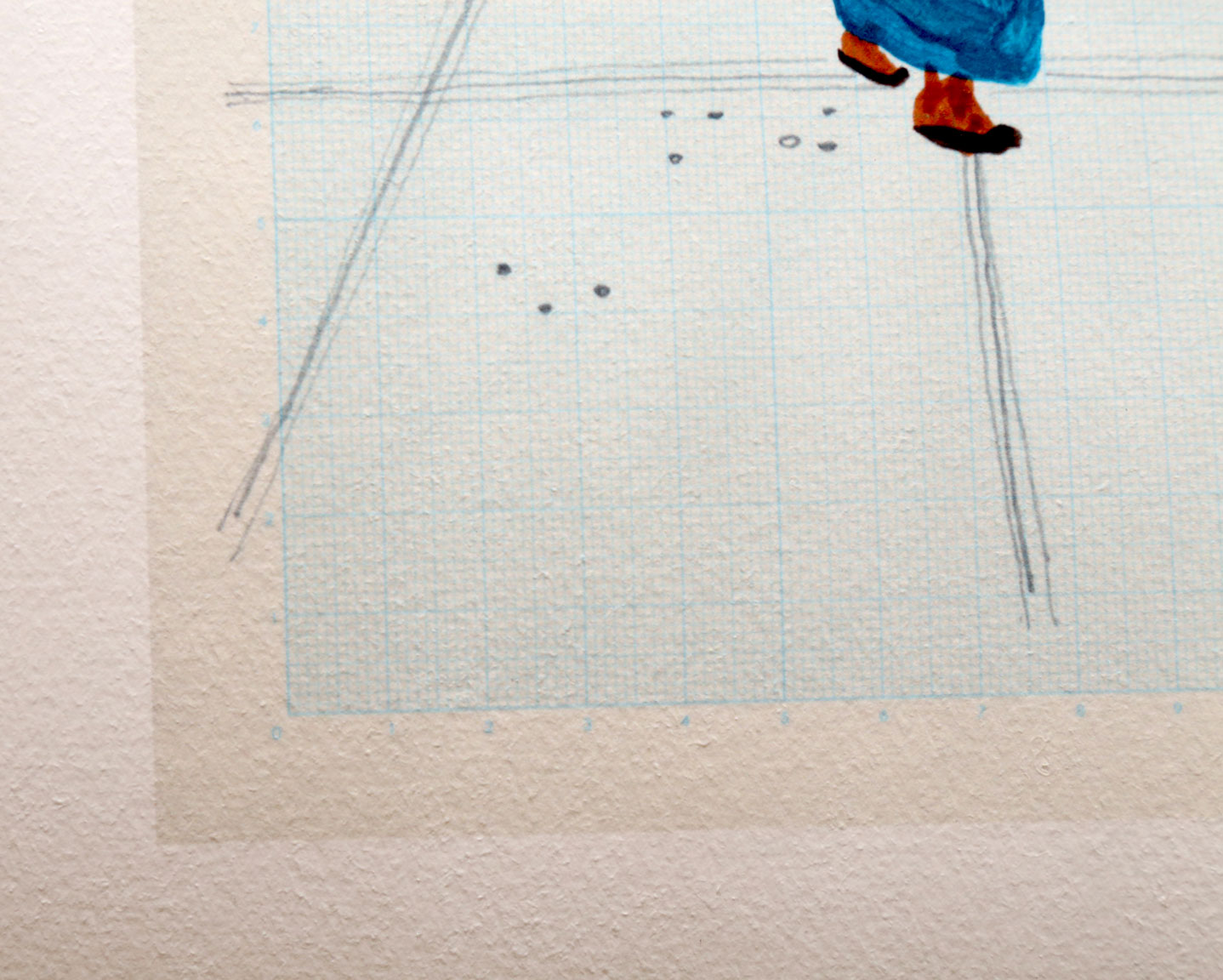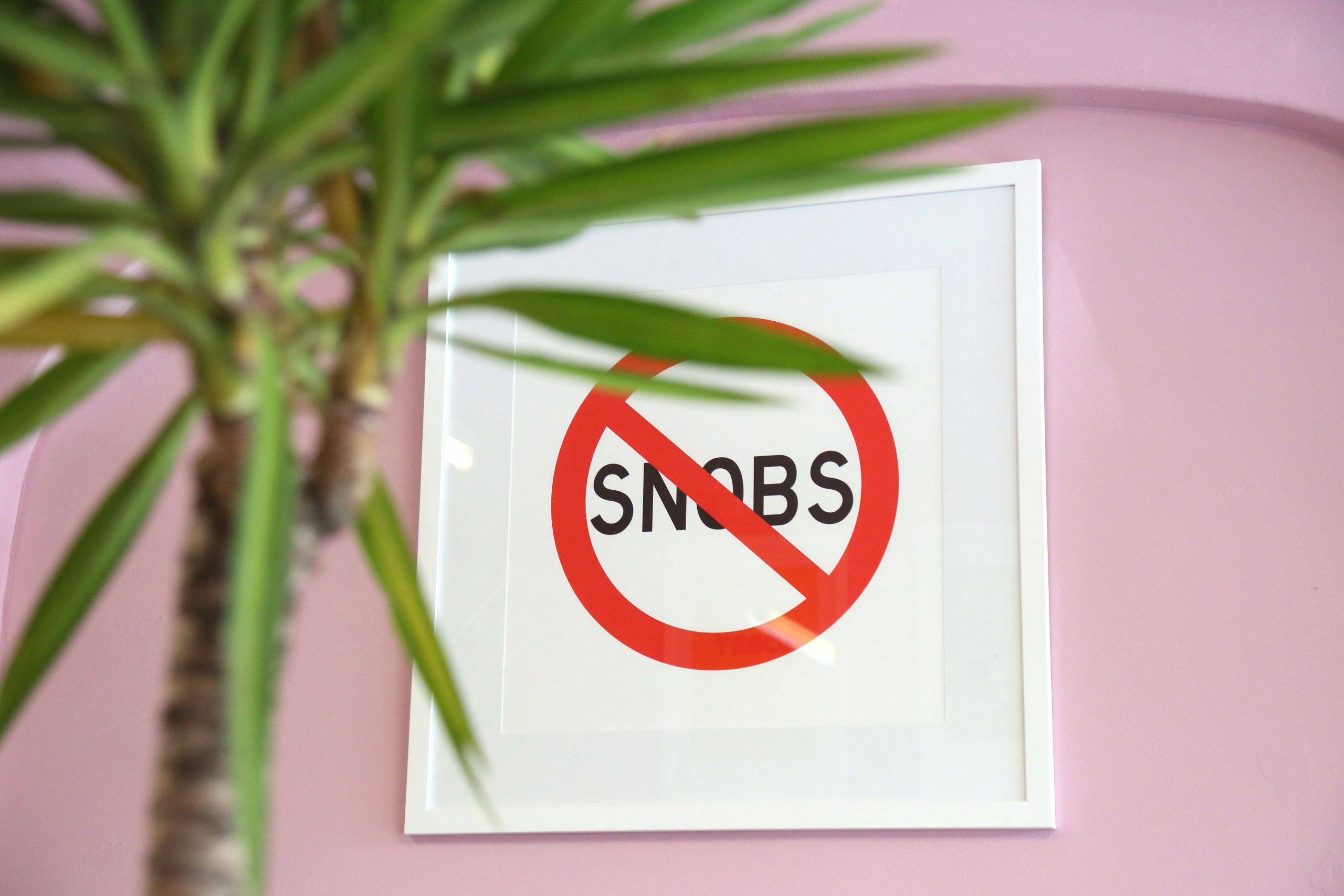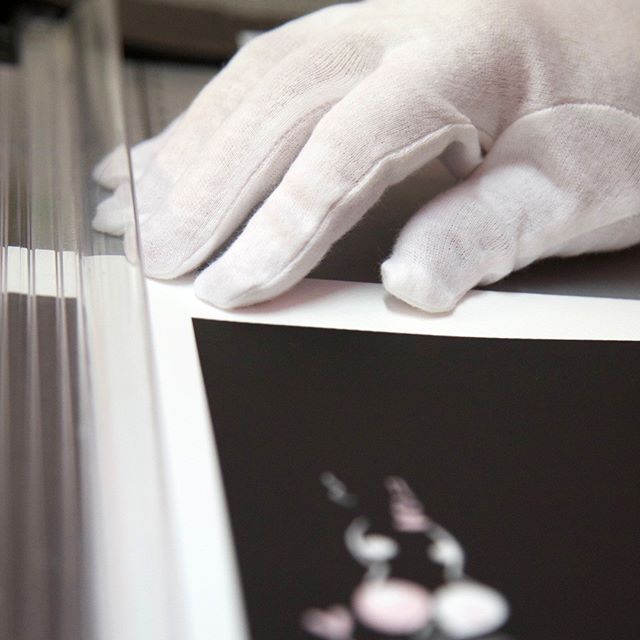Money is dirty but commercial is not a dirty word, if you are a trust fund kid or an established artist, money is an issue and you need to sell, not sell out, but sell.
Art collecting and investment have always been intertwined. The allure of owning a piece of artwork is ever popular, art is cool and owning art is seen to be cool, whether for personal enjoyment or as an investment, a factor in the driving force behind the art market is people’s desire to be cool. In recent years, the role of fine art giclee printing has become increasingly important in the world of art collecting and investment, younger emerging collectors are becoming savvy and collecting cheaper art to start their investment journey earlier than could have been possible years back before giclee printing hit the scene.
Fine art printing refers to the process of reproducing artwork in a high-quality print format and uses specialised printing techniques and materials to create prints that as closely as possible replicate your original work. Fine art prints can be produced using a number of different methods, including giclée prints, lithographs, etchings, and screenprints.

Affordability and Accessibility
One of the biggest benefits of fine art printing is that it allows artists to print their work affordably and collectors to own a high-quality reproduction of artwork without having to pay the often-exorbitant prices of an original piece; it fits the middle bracket and although there is great contention around the value of prints over the value of an original piece, we at Pineapple Gallery champion both and have a dislike for all forms of snobbery, life is one big complex murky grey area and we float happily within that.

Scarcity and Value
Investing in printing can also offer significant benefits the produced in limited editions only, they are considered more valuable and collectible than mass-produced prints and with well-established artists can fly off the shelves like hot cakes. This limited supply can create a sense of exclusivity and rarity, which can drive up demand and prices over time, everyone loves to feel like a V.I.P, grab a bargain, be in the ‘in crowd’ and to have made a solid investment.
The Rise of Digital
Another factor that has contributed to the growing importance of fine art printing in the art market is the after covid effect and the constant rise of online art sales.
With the proliferation of online art marketplaces and galleries, collectors are no longer in any way limited to buying art in person or through traditional channels, so many collectors buy from the couch. New opportunities for collectors come up daily as online galleries are thriving in an ever-evolving online world.
Tips for Selecting a Printer
It is very important to note that not all fine art prints are created equally, we are very skilled fine art publishers and printers who take every piece of artwork seriously and with great care. There are some out there using crappy papers and not caring beyond profit margins for themselves so its important to choose the right printing partner. The quality of the printing process, the edition size, the artist's reputation, and the condition of the print can all impact its value and collectibility and all have to be looked upon with great scrutiny.
In conclusion, art printing does now play a crucial role in the world of art collecting and investment, and with the rise of digital, it's now more important than ever for artists to invest in it. Just make sure you partner with the best.


